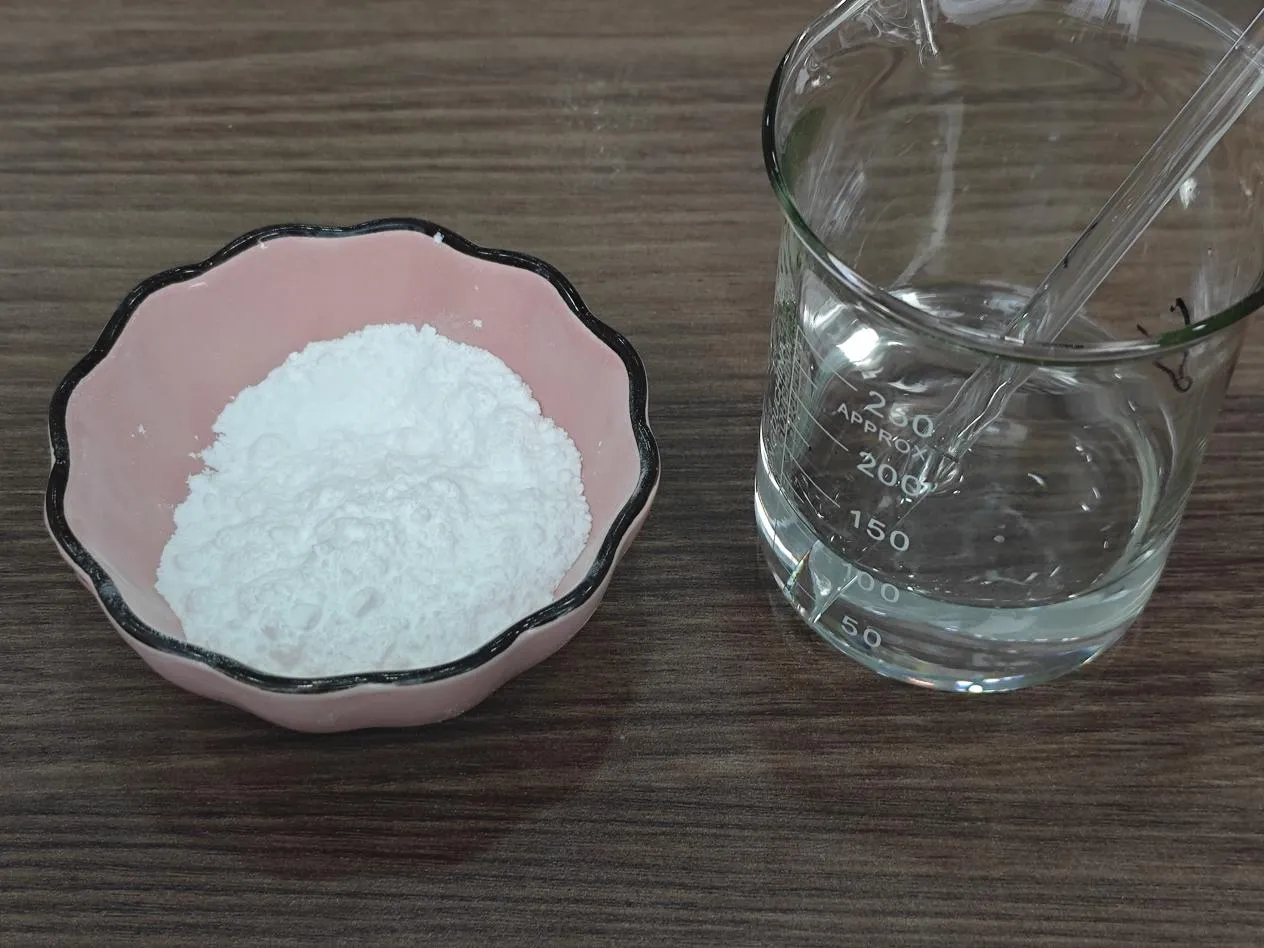
The Essential Role of Antifoaming Agents Across Industries
Understanding the Different Types of Antifoaming Solutions
Foam can disrupt manufacturing processes, decrease efficiency, and damage equipment. To counteract this, industries rely on various types of antifoaming agents tailored to different applications. Broadly, these agents are categorized into silicone-based, natural, and chemical-based products. Each type is designed to reduce or eliminate foam by destabilizing the surface tension of bubbles.
One of the most widely used solutions is the agente antiespumante de silicio, prized for its effectiveness in high-temperature and high-pH environments. These agents are commonly applied in industries like oil refining, food processing, and textiles, where strong and persistent foams often form.

Natural and Chemical Alternatives
In recent years, the demand for eco-friendly options has led to the development of natural antifoaming agents. Derived from plant oils, waxes, or fatty alcohols, these agents offer a biodegradable and less toxic alternative to synthetic chemicals. They are especially popular in food production and environmental applications where sustainability and safety are top concerns.
Meanwhile, many industries still rely heavily on productos químicos antiespumantes due to their powerful and rapid foam suppression capabilities. These chemicals are essential in sectors like wastewater treatment, paints and coatings, and pharmaceuticals. A chemical antifoam agent typically consists of hydrophobic particles dispersed in a carrier liquid, designed to quickly spread over the foam and break it apart.

Overall, whether choosing natural, silicone-based, or chemical solutions, selecting the right antifoaming agent is crucial for optimizing performance, reducing costs, and maintaining product quality in diverse industrial processes.
-
Hydroxypropyl Starch as a Sustainable Construction AdditiveNewsNov.24,2025
-
The Gelation Properties of CMCNewsNov.21,2025
-
Redispersible Latex Powder and Water Retention CapacityNewsNov.21,2025
-
Dosage Control for Polycarboxylate Water ReducerNewsNov.21,2025
-
Film-Forming Properties of Polyvinyl AlcoholNewsNov.21,2025
-
The Function of Gypsum Additives in MortarNewsNov.21,2025





















